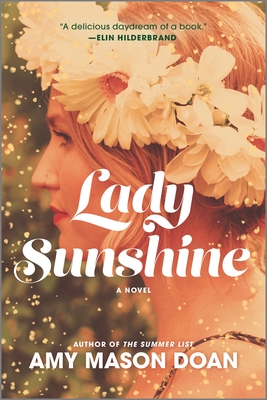 Lady Sunshine by Amy Mason Doan
Lady Sunshine by Amy Mason Doan Format: eARC
Source: supplied by publisher via NetGalley
Formats available: hardcover, large print, paperback, ebook, audiobook
Genres: historical fiction, women's fiction
Pages: 368
Published by Graydon House on June 29, 2021
Purchasing Info: Author's Website, Publisher's Website, Amazon, Barnes & Noble, Kobo, Bookshop.org
Goodreads
“A delicious daydream of a book.” —Elin Hilderbrand, New York Times bestselling author of 28 Summers
“With lyrical writing and a page-turning plot, this sun-dappled book has it all: heart, smarts, and an irresistible musical beat. A tone-perfect evocation of the free-spirited late 1970s and a riveting coming-of-age story.” —Karen Dukess, author of The Last Book Party
“In LADY SUNSHINE, Amy Mason Doan has crafted an engrossing tale of secrets, memory, music, and the people and places you can never outrun. This novel will transport you to the ‘70s and summertime magic and a long overdue reckoning. A fantastic summer read.”—Laura Dave, New York Times bestselling author of The Last Thing He Told Me
ONE ICONIC FAMILY. ONE SUMMER OF SECRETS. THE DAZZLING SPIRIT OF 1970S CALIFORNIA.
For Jackie Pierce, everything changed the summer of 1979, when she spent three months of infinite freedom at her bohemian uncle’s sprawling estate on the California coast. As musicians, artists, and free spirits gathered at The Sandcastle for the season in pursuit of inspiration and communal living, Jackie and her cousin Willa fell into a fast friendship, testing their limits along the rocky beach and in the wild woods... until the summer abruptly ended in tragedy, and Willa silently slipped away into the night.
Twenty years later, Jackie unexpectedly inherits The Sandcastle and returns to the iconic estate for a short visit to ready it for sale. But she reluctantly extends her stay when she learns that, before her death, her estranged aunt had promised an up-and-coming producer he could record a tribute album to her late uncle at the property’s studio. As her musical guests bring the place to life again with their sun-drenched beach days and late-night bonfires, Jackie begins to notice startling parallels to that summer long ago. And when a piece of the past resurfaces and sparks new questions about Willa’s disappearance, Jackie must discover if the dark secret she’s kept ever since is even the truth at all.
“Lady Sunshine is shot through with free love, hope, and all the magic of the ’70s, but under the sun and music lie dark secrets.It’s a thrilling ride, a beautiful evocation of an era, and a story that will keep readers entranced from the first page to the last.”—Rene Denfeld, bestselling author of The Child Finder
“This book is gorgeous. A gold-drenched nostalgic dream with a fierce female friendship at its heart.”—Marisa de los Santos, New York Times bestselling author of I'll Be Your Blue Sky
“Haunting and vivid, with layered, complex characters and an evocative setting that sparkles with detail, LADY SUNSHINE will stay with me for a long time.”—Julie Clark, New York Times bestselling author of The Last Flight
My Review:
This story feels like its drenched in summer, not just any summer, but those summers that exist only in memory, the summers of childhood where the season seems endless when school lets out, but speeds up inexorably as the number of carefree sunny days dwindles down at the end as school looms on the horizon.
Even though Jackie and her cousin Willa are not children in this particular summer. But at 17 when the story begins, they are not exactly adults either. This is a story of that summer where it all changes.
It’s also a story about another summer, the summer twenty years later when Jackie returns to the place she left behind, all alone with her memories of friendship and love and loss. Only to find that she isn’t quite as alone as she believed, and that those memories, as painful as they are, are not quite done with her yet – no matter how much she wants to be done with them.
It’s the summer of 1979, and Jackie has come to spend her last summer of high school at the Sandcastle, the home of her uncle Graham Kingston, a famous folk singer of the 1960s whose best performing and recording years seem to be behind him – along with the demons that lifestyle brought with them.
Jackie, escaping from the straitjacket of conformism that is life with her father and stepmother, finds herself, and finds herself a home, in the free-spirited and freewheeling circle of artists, musicians and friends that hangs around her uncle at the Sandcastle. And she finds the sister of her heart in her cousin Willa.
Twenty years later it’s all gone. Her larger-than-life uncle is long dead, as is her cousin Willa. No one is left except Jackie to inherit the house, the grounds, the studio and all the memories they left behind. She’s back for one final summer, the summer of 1999, to pack it all up and sell it all away. Forever.
But first she has to go back to the time, and the place, where it all went so very wrong. There are pieces still left to break her heart one last time – if only she’ll reach out and grab them.
Escape Rating B: This is such a summer book. The heat of both of those long-ago summers practically steams off the page, and the sound of the surf rolls in your ears as you read Jackie’s old diary over her shoulder.
But the story also moves at the pace of those long ago summers, in that it builds slowly at the beginning, like the early days of summer when it feels like the season will last forever. And occasionally it feels like that part of the book is taking its own sweet summer time to get itself off the ground.
Once it catches its own wave, once the end of both summers is on the horizon, the pace picks up as the girls of 1979 and the woman of 1999 try to wring the last drop of bittersweetness out of each and every day that is left.
In 1979, Jackie doesn’t want to leave. In 1999, it feels like she can’t until she’s done. Or until it’s done with her.
Although speaking of 1979, on the one hand I have to say that it read like I remember. I was just a few years older than Jackie and Willa at the time. On the other hand, I kept wondering why the author chose that particular time period, and I think it must have been the music.
As I said, Jackie’s 1979 felt like the one I remember. Which is part of what carried me through the early parts of the story.
Because it’s the story of that golden summer that sweeps the reader up and carries them away, just as Jackie was carried away by the larger than life figure of her uncle and the place he created around himself on the northern California coast.
Because of the dual timelines, we start the story know that something terrible happened at the end of that summer. The questions all revolve around what that something was that made the idyll crash and burn.
Waiting to discover what that “something” was hangs over the entire book, because even in the secondary timeline of 1999 Jackie refuses to get near that memory. As the story spun out, it became clear that it was a loss of innocence, but not sexual. This is not Summer of ‘42 and the girls neither lose their virginity nor get sexually abused by a trusted mentor or family member. It’s much more complicated, and therefore more interesting, than that.
It turns out that the loss is twofold, they discover that their hero has feet of clay up to the knees, and they discover that their attempts to “fix” things can have tragic consequences. But it takes a fair bit of story to get there.
While the foundation of everything is in 1979, the 1999 portions of the story were more dynamic. More things happen and they happen faster, even as Jackie continues to avoid the real issues that brought her back.
But when those issues finally come full circle, it provides a lovely ending for the whole emotional package. There were points in the middle where I wondered whether this story was ever going to get itself to its sticking point, but when it finally did it made for just the right coda to the entire journey.
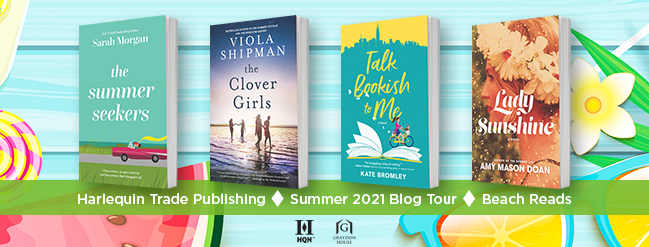

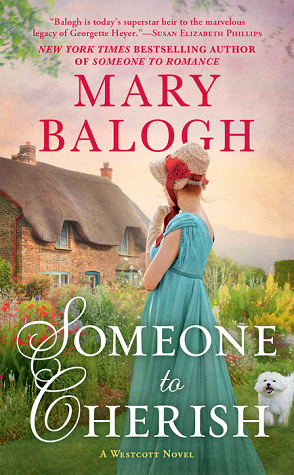 Someone to Cherish (Westcott #8) by
Someone to Cherish (Westcott #8) by 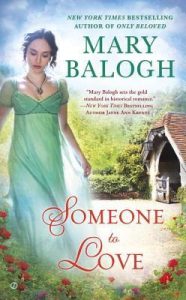 There should be a truly hot place in hell for the late, unlamented Humphrey Westcott, Earl of Riverdale. But, and it is now a huge, 8 marvelous books and counting BUT, the results of his metaphorical bastardy, to whit, the legal and actual bastardy he inflicted on his three children who believed they were legitimate, have been glorious.
There should be a truly hot place in hell for the late, unlamented Humphrey Westcott, Earl of Riverdale. But, and it is now a huge, 8 marvelous books and counting BUT, the results of his metaphorical bastardy, to whit, the legal and actual bastardy he inflicted on his three children who believed they were legitimate, have been glorious.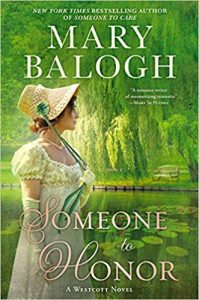 A freedom that she will lose if she trusts herself to another man – no matter how much that man claims to love her. After growing up in an environment designed to keep her childlike, and marrying a man she loved but who dictated her every move and thought, the first person whose judgement she questions is always herself.
A freedom that she will lose if she trusts herself to another man – no matter how much that man claims to love her. After growing up in an environment designed to keep her childlike, and marrying a man she loved but who dictated her every move and thought, the first person whose judgement she questions is always herself.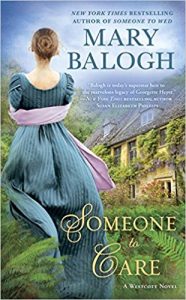 Escape Rating B: This one turned out to be kind of a mixed bag for me as a reader. I got up on that really tall soapbox because there were a lot of elements of the setup that obviously drove me utterly bananas. It has felt like every other book that I’ve read in the last couple of months has been chock-full of families with boundary issues and generally heroines who have trouble saying “NO” and setting and maintaining boundaries with their well-meaning but annoyingly intrusive families.
Escape Rating B: This one turned out to be kind of a mixed bag for me as a reader. I got up on that really tall soapbox because there were a lot of elements of the setup that obviously drove me utterly bananas. It has felt like every other book that I’ve read in the last couple of months has been chock-full of families with boundary issues and generally heroines who have trouble saying “NO” and setting and maintaining boundaries with their well-meaning but annoyingly intrusive families.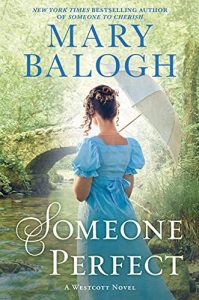 So as much as I’ve enjoyed this series as a whole, the book in the series that this one most reminds me of is
So as much as I’ve enjoyed this series as a whole, the book in the series that this one most reminds me of is 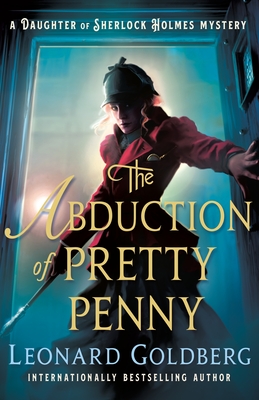 The Abduction of Pretty Penny (Daughter of Sherlock Holmes Mystery, #5) by
The Abduction of Pretty Penny (Daughter of Sherlock Holmes Mystery, #5) by 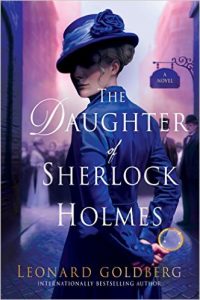 Escape Rating B+: So the story here is really Sherlock Holmes vs. Jack the Ripper – only once removed, sort of like cousins, as in “first-cousin once-removed”.
Escape Rating B+: So the story here is really Sherlock Holmes vs. Jack the Ripper – only once removed, sort of like cousins, as in “first-cousin once-removed”.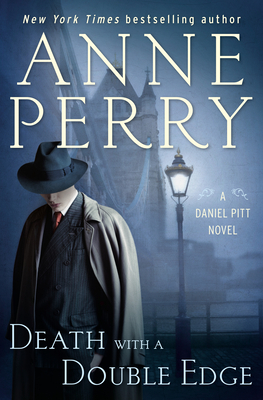 Death with a Double Edge (Daniel Pitt #4) by
Death with a Double Edge (Daniel Pitt #4) by 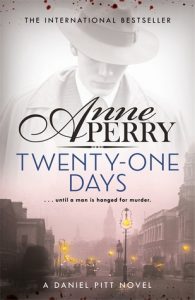 Escape Rating A-: The story of Thomas Pitt and his wife Charlotte – who met over the body of her murdered sister – are the featured characters in the author’s long running series that begins with
Escape Rating A-: The story of Thomas Pitt and his wife Charlotte – who met over the body of her murdered sister – are the featured characters in the author’s long running series that begins with 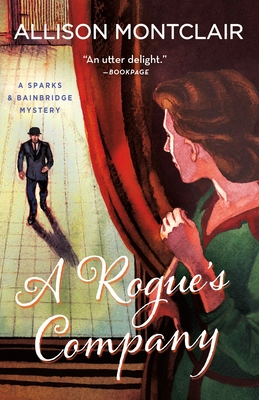 A Rogue's Company (Sparks & Bainbridge Mystery, #3) by
A Rogue's Company (Sparks & Bainbridge Mystery, #3) by 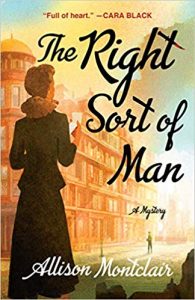 I’ve just realized that the title is a pun – or a spoiler, take your pick – on multiple levels. Iris Sparks, co-owner of the Right Sort Marriage Bureau, is keeping company with Archie Spelling, a known gangster. Quite willingly and fairly often.
I’ve just realized that the title is a pun – or a spoiler, take your pick – on multiple levels. Iris Sparks, co-owner of the Right Sort Marriage Bureau, is keeping company with Archie Spelling, a known gangster. Quite willingly and fairly often.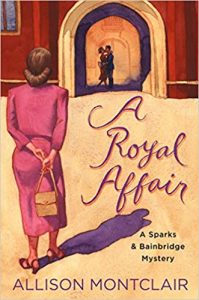 Escape Rating B+: I picked this up because I loved the first two books in this series,
Escape Rating B+: I picked this up because I loved the first two books in this series, 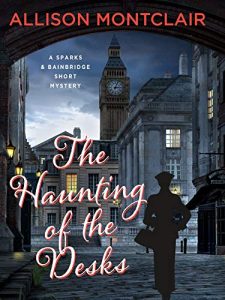 (Speaking of comfort, my soapbox is apparently a bit too comfortable. Moving right along AGAIN…)
(Speaking of comfort, my soapbox is apparently a bit too comfortable. Moving right along AGAIN…)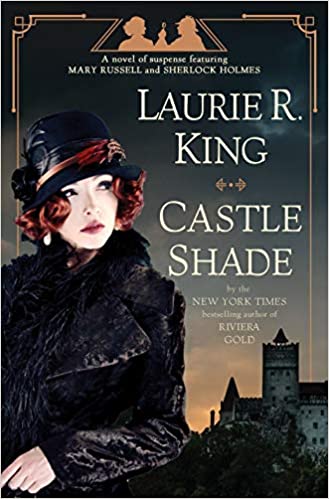 Castle Shade (Mary Russell and Sherlock Holmes #17) by
Castle Shade (Mary Russell and Sherlock Holmes #17) by 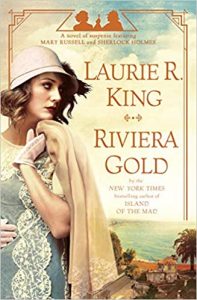 As this one opens, Mary Russell and her husband Sherlock Holmes, are leaving the sunny Riviera, the scene of their previous adventure,
As this one opens, Mary Russell and her husband Sherlock Holmes, are leaving the sunny Riviera, the scene of their previous adventure, 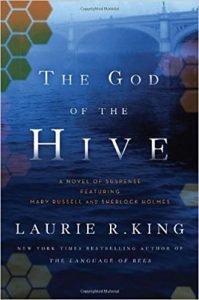 Qualms that are quite serious, a situation that has been developing since Russell learned the full scope of Mycroft’s government remit during
Qualms that are quite serious, a situation that has been developing since Russell learned the full scope of Mycroft’s government remit during 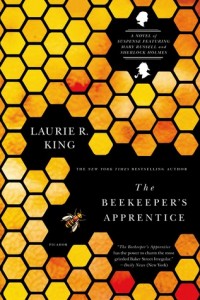 Escape Rating A-: Castle Shade was good fun. Not quite as much good fun as Riviera Gold, but still absolutely worth the read for anyone who has followed the adventures of Mary Russell and Sherlock Holmes since
Escape Rating A-: Castle Shade was good fun. Not quite as much good fun as Riviera Gold, but still absolutely worth the read for anyone who has followed the adventures of Mary Russell and Sherlock Holmes since 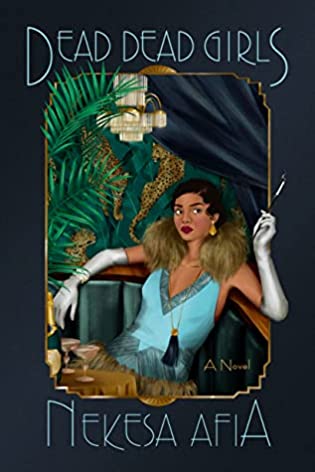 Dead Dead Girls (Harlem Renaissance Mystery #1) by
Dead Dead Girls (Harlem Renaissance Mystery #1) by 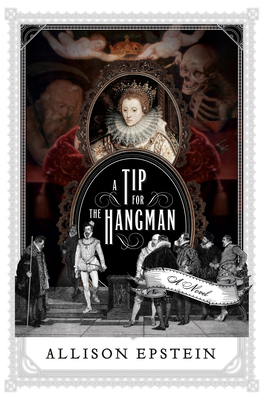 A Tip for the Hangman by
A Tip for the Hangman by 

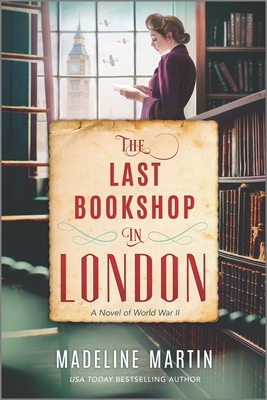 The Last Bookshop in London: A Novel of World War II by
The Last Bookshop in London: A Novel of World War II by 

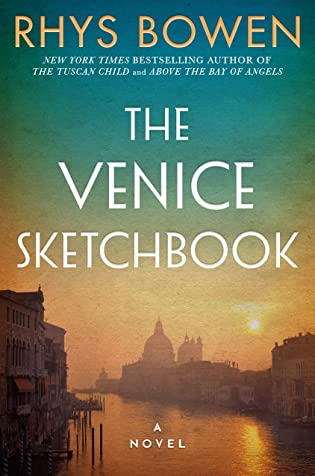 The Venice Sketchbook by
The Venice Sketchbook by 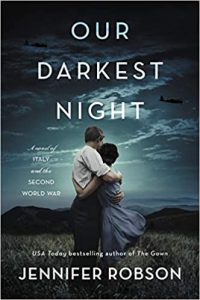 Escape Rating B-: World War II is a rich period for historical fiction of all types and stripes. To the point where I have three books in a row that are set during the same period, Friday’s
Escape Rating B-: World War II is a rich period for historical fiction of all types and stripes. To the point where I have three books in a row that are set during the same period, Friday’s 